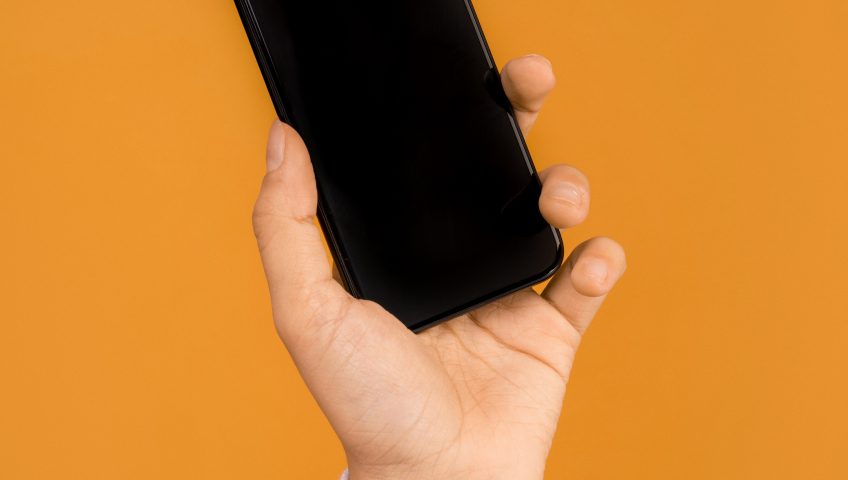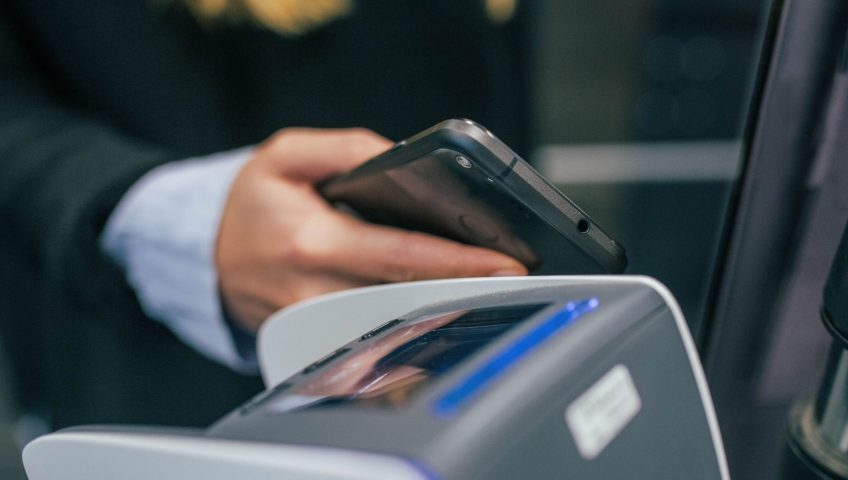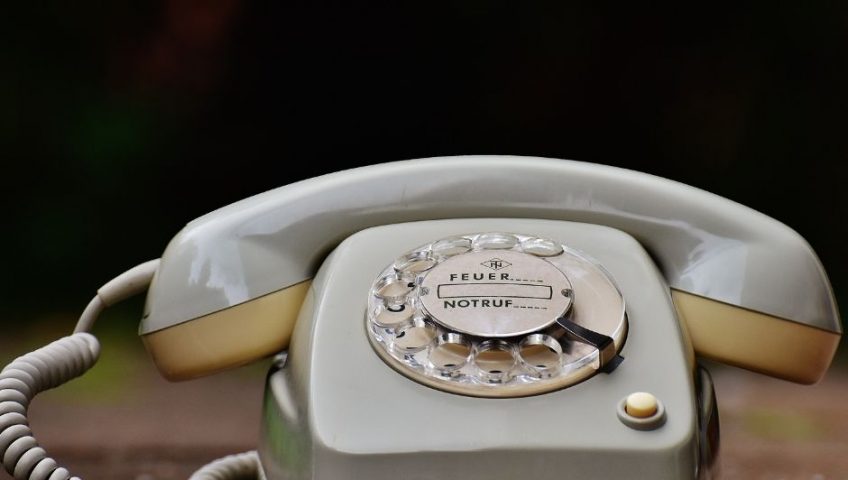Recently, the second-largest network carrier in Australia—Optus—had a major outage that affected over 10 million users, including businesses across Australia. But why is it alarming? In this blog, we will discuss the major effects that it caused and how businesses can prepare in times of incidents like this.
Communication breakdown
Businesses heavily rely on a stable and reliable network to carry out their day-to-day operations. With communication problems, it will be hard for an organisation to operate and support their teams. On the customer side, this could be a frustrating moment and could lead to damaging the company’s reputation.
Financial consequences
The outage interrupted almost all access for transport, healthcare, and even online transactions. This leaves e-commerce websites on freeze as they can’t process orders, leading to a loss in sales.
Arising security risks
While some people are getting helpless with this problem, the attackers find it the perfect time to get on the line. With so many phishing reports claiming to be from Optus, the company has sent a warning to all its users that they are not sending any messages that contain links to resolve the problem.
This type of attack can easily make people fall for the attacker’s trick if they aren’t vigilant enough.
Long-term impact
Following the network outage, Optus has proposed solutions to make it up to all its user types. However, a lot of businesses have to deal with long-term consequences and work harder to fully recover and prepare for this type of problem.
Secure your business with IT experts.
This incident only proves how a network outage can drastically affect businesses and disrupt their operations. To mitigate the threats posed by network outages, it is vital to have robust backup, disaster recovery plans, and security measures in place.
At Geelong Technology Group, we provide comprehensive IT solutions for your business, such as a strong backup system and managed IT services to mitigate loss and damages caused by tech problems such as network outages. Give us a call at (03) 5244 3030.





Recent Comments